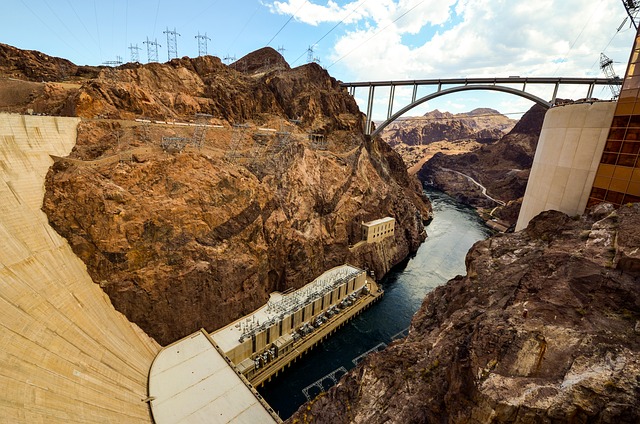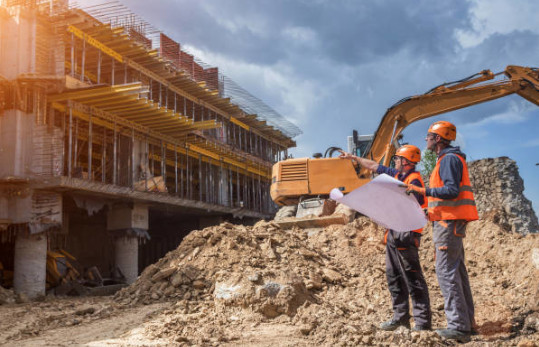Geotechnical Geologist Solutions for Accurate Soil and Rock Analysis
Geotechnical Geologist Solutions for Accurate Soil and Rock Analysis
Blog Article
How Consulting Engineers Enhance Geotechnical Design Projects: Insights Into Their Proficiency, Methodologies, and Collaborative Approaches
Consulting designers are pivotal in improving geotechnical design jobs, using their specialized understanding to navigate the complexities of subsurface problems. Their approaches encompass an array of site investigation strategies, consisting of Criterion Infiltration Tests (SPT) and Cone Infiltration Tests (CPT), which inform crucial decisions during the layout and construction stages. Additionally, their joint methods foster interaction among varied project stakeholders, inevitably shaping the project's trajectory. As we examine the diverse roles these experts play, it comes to be clear that their contributions prolong beyond technological proficiency, motivating a better consider the implications for job success.
Duty of Consulting Engineers
The proficiency of getting in touch with engineers in geotechnical engineering is basic to the successful execution of construction tasks. These specialists play a critical function in evaluating soil and rock homes, which are vital aspects affecting style and building and construction choices. By performing thorough website examinations, consulting designers accumulate essential data that educates the layout procedure, guaranteeing projects are built on stable and suitable ground.
Consulting designers likewise supply vital understandings into danger management (geotechnical geologist). They determine prospective geotechnical risks, such as landslides, soil liquefaction, and negotiation concerns, allowing stakeholders to execute effective reduction methods. Their knowledge aids in maximizing structure styles, which can result in significant cost savings and enhanced security
Furthermore, consulting engineers offer as an important web link between task owners, designers, and specialists. Their capacity to translate complex geotechnical data into workable recommendations cultivates partnership and facilitates informed decision-making throughout the task lifecycle. This multidisciplinary method not just improves project effectiveness but additionally guarantees conformity with governing criteria and finest practices.
Trick Approaches in Geotechnical Engineering

One key methodology is site investigation, which includes carrying out area examinations and laboratory analyses to gather data on subsurface conditions. Techniques such as Standard Infiltration Screening (SPT) and Cone Infiltration Testing (CPT) are widely made use of to review dirt stratigraphy and toughness. In addition, geophysical methods, consisting of seismic and electrical resistivity studies, offer non-invasive methods to assess subsurface features.
One more vital method is numerical modeling, which enables engineers to simulate numerous circumstances and forecast exactly how soil-structure interactions will certainly behave under various loading problems. Finite Aspect Analysis (FEA) is a common approach utilized in this context.
Furthermore, the layout of structures, maintaining structures, and earthworks relies greatly on these methods - geotechnical geologist. By integrating advanced logical devices with field information, getting in touch with engineers can develop customized solutions that attend to particular project challenges, inevitably adding to the security and security of building and construction tasks
Value of Dirt Analysis
Soil evaluation functions as a fundamental component in geotechnical design, offering important understandings into the physical and chemical homes of soil essential for efficient construction preparation. Understanding dirt qualities is additional reading critical for identifying its load-bearing ability, drain habits, and possibility for negotiation or instability. In-depth soil investigations, consisting of tasting and research laboratory screening, aid recognize parameters such as soil type, dampness web content, density, and shear stamina.
These evaluations educate the selection of suitable building strategies and products, eventually influencing project safety and durability. For circumstances, natural dirts might require different foundation styles contrasted to granular dirts, demanding customized design remedies. Soil analysis help in recognizing impurities that can present dangers to human health or the environment, allowing for the growth of mitigation approaches.
Integrating soil evaluation right into the onset of task development helps to decrease unexpected challenges, ensuring that engineers can prepare for and address potential concerns before they rise. By establishing a thorough understanding of the website problems, consulting engineers can enhance layout performance and minimize prices, thus boosting the general success of geotechnical design jobs.
Collective Methods in Jobs
Successful geotechnical jobs usually depend upon collaborative approaches that unite diverse proficiency from numerous self-controls. Efficient cooperation amongst seeking advice from engineers, geologists, environmental scientists, and construction experts is vital for resolving complicated difficulties and optimizing job results. By leveraging the unique abilities and knowledge of each staff member, tasks can gain from an alternative understanding of the website problems, regulatory demands, and engineering restrictions.
Routine interaction and interdisciplinary meetings help with the sharing of understandings and foster a culture of teamwork. These joint initiatives enable the identification of potential risks early in the job lifecycle, allowing for timely reduction techniques. Moreover, including feedback from stakeholders, consisting of neighborhood neighborhoods and regulative companies, guarantees that all perspectives are considered, improving task acceptance and compliance.
Additionally, the integration of sophisticated technologies, such as Geographic Details Systems (GIS) and Building Information Modeling (BIM), more improves partnership. These tools enable the real-time sharing of data and visualization of geotechnical problems, promoting informed decision-making. Eventually, a collective strategy not only enhances job implementation however additionally lays the structure for ingenious options to complex geotechnical engineering challenges.
Influence On Job End Results

Consulting designers use advanced methods such as risk assessment and anticipating modeling, which boost the accuracy of project forecasts. Their capability to integrate innovative innovations, like geotechnical instrumentation and information analytics, further fine-tunes the design and construction processes. Therefore, jobs experience enhanced effectiveness, decreased costs, and lessened hold-ups.
In addition, promoting efficient communication and partnership amongst team members improves analytic abilities. When difficulties emerge, an go to my site unified front enables swift identification of solutions, avoiding prospective problems. Inevitably, the joint initiatives of seeking advice from engineers add to better outcomes, making sure that tasks fulfill both regulatory criteria and client assumptions.
Verdict

Report this page